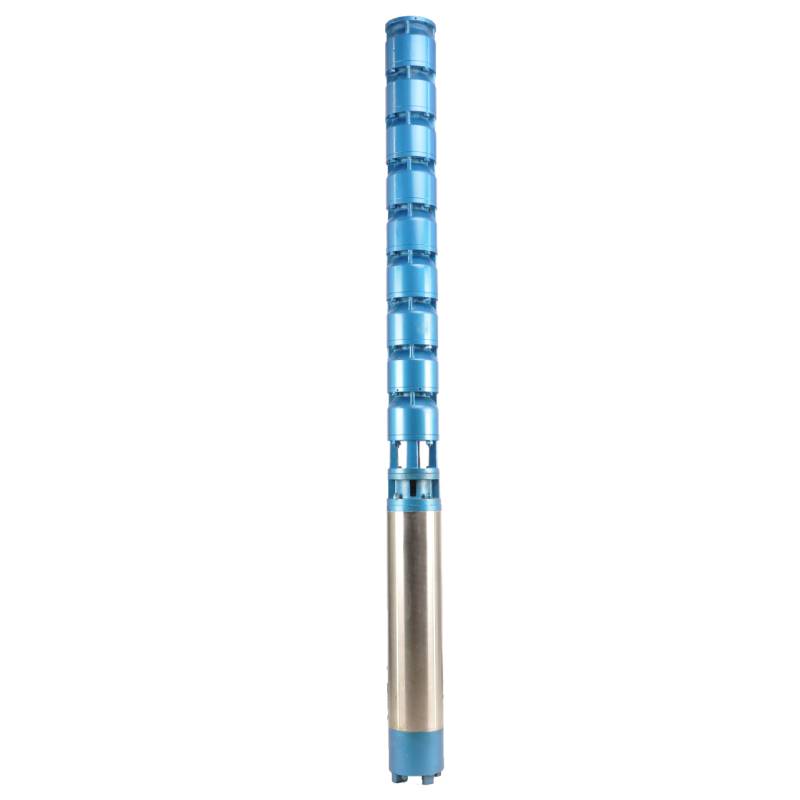Oct . 18, 2024 13:50 Back to list
Common Problems with Submersible Pumps and Their Solutions
Common Issues with Submersible Pumps and How to Address Them
Submersible pumps are vital tools for various applications, including dewatering, sewage water removal, and groundwater extraction. Their ability to function underwater makes them particularly efficient in transporting fluid from one location to another. However, like any mechanical device, submersible pumps can encounter issues that hinder their performance. This article explores some common problems associated with submersible pumps and offers solutions to ensure prolonged functionality.
1. Overheating
One of the most frequent issues with submersible pumps is overheating. This typically occurs when the pump is run dry or is not sufficiently submerged in the fluid it is meant to pump. Without adequate lubrication and cooling from the water, the motor can heat up excessively, leading to malfunction or complete failure.
Solution Ensure that the pump remains submerged during operation. Regularly check the water levels in the area where the pump is working to confirm that it is adequately covered. Installing a float switch can help automate this process, turning the pump off if the water level drops too low.
2. Clogging
Submersible pumps are often used in environments with debris, sediment, or thick liquids, which can lead to clogging. When the impeller or inlet gets obstructed, the pump’s efficiency declines, causing it to work harder and potentially leading to damage.
Solution To minimize clogging, consider using a pump with a larger diameter inlet or one specifically designed to handle solids. Regular maintenance and cleaning of the pump, including unblocking the inlet screen, can also prevent performance issues. For heavy-duty applications, install a pre-filter or strainer to capture debris before it enters the pump.
Submersible pumps rely on electricity to operate, and electrical failures can stem from several sources, such as corroded connections, damaged cables, or motor issues. These failures can prevent the pump from starting or cause it to stop during operation.
submersible pump issues

Solution Regular inspection of electrical components is crucial. Check for any signs of wear or corrosion, and replace damaged cables and connections. It’s also advisable to use proper sealing methods to protect electrical connections from moisture and other environmental factors, which can lead to short circuits or electrical failure.
4. Mechanical Seal Failure
A common issue with submersible pumps is the failure of the mechanical seal, which prevents water from entering the motor. Over time, seals can wear out due to constant pressure and exposure to various fluids, resulting in leaks that can cause motor damage.
Solution Regularly inspect and replace mechanical seals as part of routine maintenance. Be mindful of the pump's operating conditions, as extreme temperatures and corrosive fluids can lead to quicker seal degradation. Additionally, using high-quality seals suited for the specific application can enhance longevity.
5. Cavitation
Cavitation occurs when vapor bubbles form in the liquid being pumped and then collapse, leading to pressure fluctuations. This phenomenon can cause severe damage to the pump components, particularly the impeller.
Solution To prevent cavitation, ensure that the pump is properly sized for the application. Operating the pump within its designated flow range helps maintain adequate pressure and prevents vapor formation. If cavitation persists, consider increasing the water supply pressure or lowering the suction lift.
Conclusion
While submersible pumps are robust and reliable, being aware of potential issues can help prevent downtime and costly repairs. Regular maintenance, appropriate usage practices, and immediate attention to warning signs will go a long way in ensuring that your submersible pump operates efficiently and effectively. With proper care, these pumps can serve for many years, providing essential services in various applications.
-
Submersible Water Pump: The Efficient 'Power Pioneer' of the Underwater World
NewsJul.01,2025
-
Submersible Pond Pump: The Hidden Guardian of Water Landscape Ecology
NewsJul.01,2025
-
Stainless Well Pump: A Reliable and Durable Pumping Main Force
NewsJul.01,2025
-
Stainless Steel Submersible Pump: An Efficient and Versatile Tool for Underwater Operations
NewsJul.01,2025
-
Deep Well Submersible Pump: An Efficient 'Sucker' of Groundwater Sources
NewsJul.01,2025
-
Deep Water Well Pump: An Efficient 'Sucker' of Groundwater Sources
NewsJul.01,2025
-
 Submersible Water Pump: The Efficient 'Power Pioneer' of the Underwater WorldIn the field of hydraulic equipment, the Submersible Water Pump has become the core equipment for underwater operations and water resource transportation due to its unique design and excellent performance.Detail
Submersible Water Pump: The Efficient 'Power Pioneer' of the Underwater WorldIn the field of hydraulic equipment, the Submersible Water Pump has become the core equipment for underwater operations and water resource transportation due to its unique design and excellent performance.Detail -
 Submersible Pond Pump: The Hidden Guardian of Water Landscape EcologyIn courtyard landscapes, ecological ponds, and even small-scale water conservancy projects, there is a silent yet indispensable equipment - the Submersible Pond Pump.Detail
Submersible Pond Pump: The Hidden Guardian of Water Landscape EcologyIn courtyard landscapes, ecological ponds, and even small-scale water conservancy projects, there is a silent yet indispensable equipment - the Submersible Pond Pump.Detail -
 Stainless Well Pump: A Reliable and Durable Pumping Main ForceIn the field of water resource transportation, Stainless Well Pump has become the core equipment for various pumping scenarios with its excellent performance and reliable quality.Detail
Stainless Well Pump: A Reliable and Durable Pumping Main ForceIn the field of water resource transportation, Stainless Well Pump has become the core equipment for various pumping scenarios with its excellent performance and reliable quality.Detail
